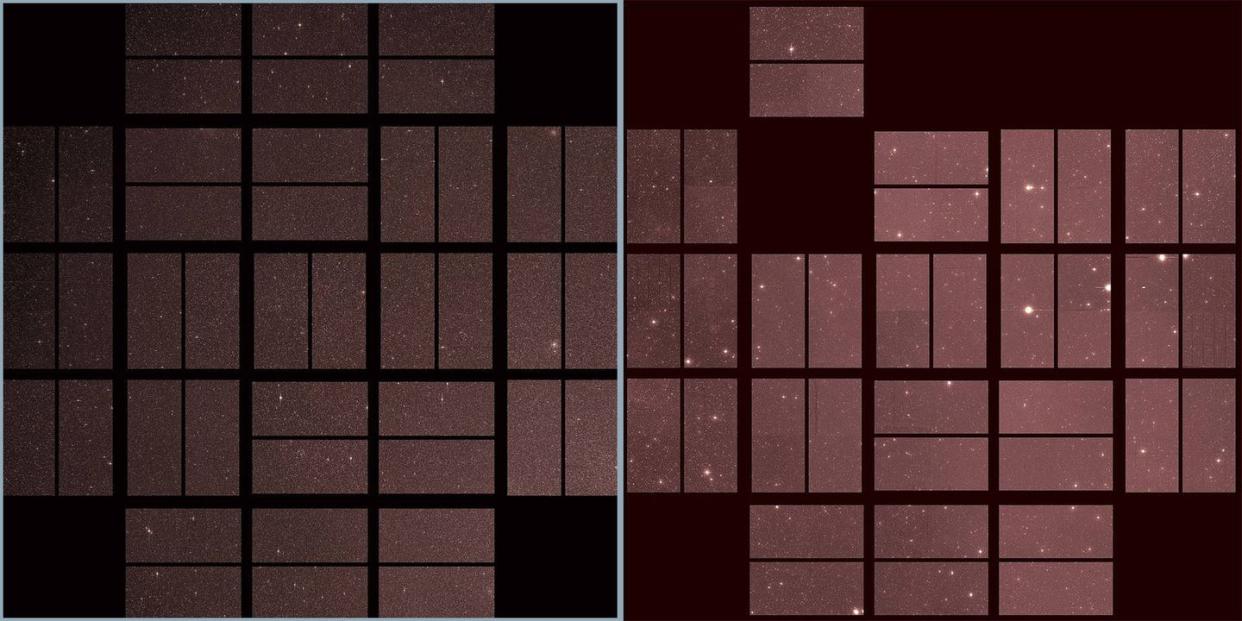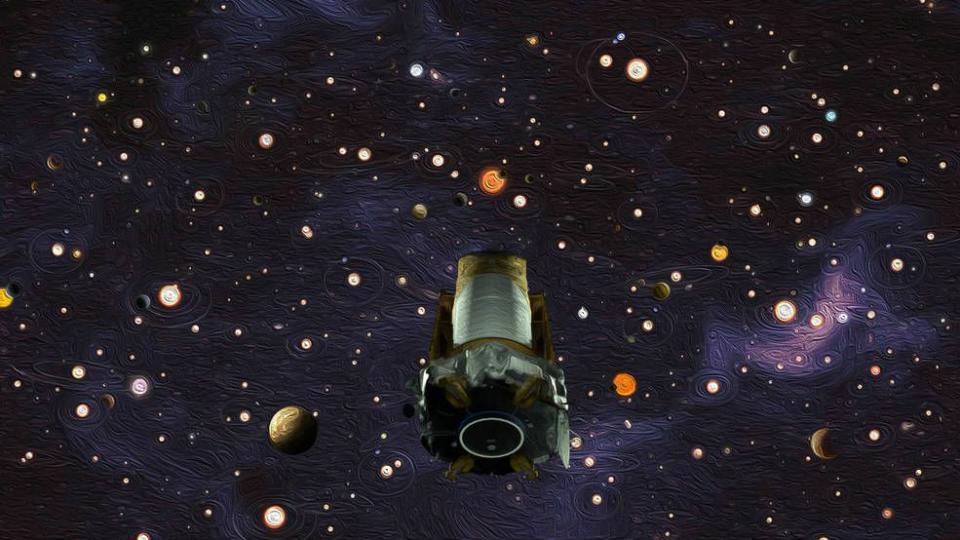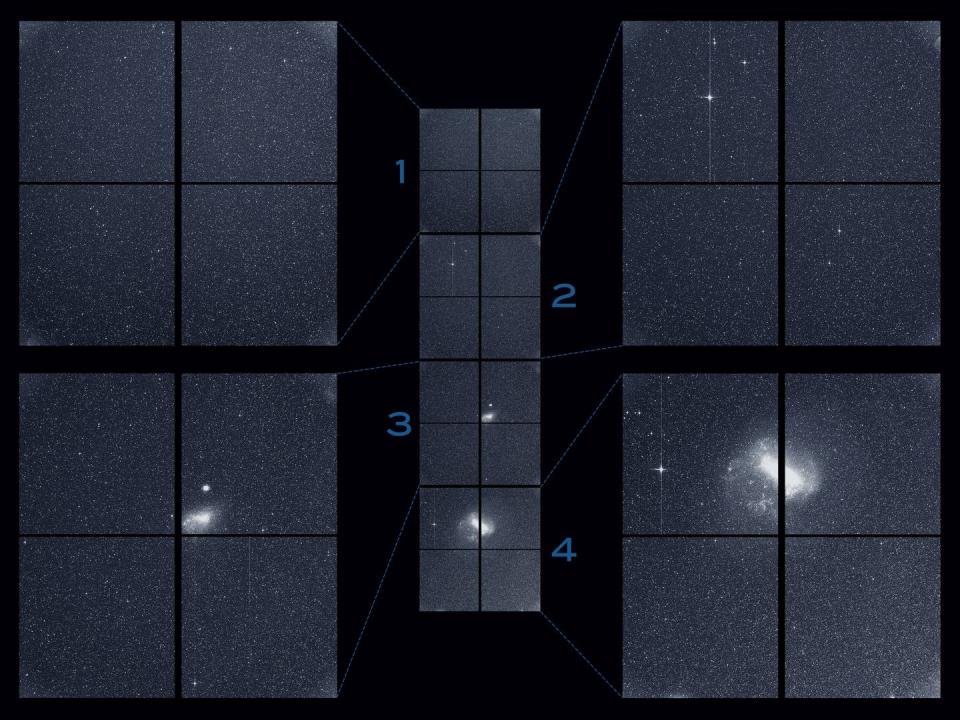Here Is the Last Picture the Kepler Planet-Hunting Telescope Ever Took

A lot happened between these two pictures.
On the left is the "first light" of the Kepler Space Telescope. Dated April 8, 2009, it represents NASA's initial image from the planet-hunting telescope. Now, nearly a decade later, the agency has released Kepler's parting gift: its "last light" image, as seen on the right. It was taken on September 25, 2018, just before mission's end.
The pictures themselves don't say much. They represent Kepler's field of view, the parts of the sky it surveyed during a decade of uncovering planets and solar systems far beyond our own. Look closely, though, and you'll see how our world has changed thanks to what we learned about other ones.
The Delta II rocket that left Cape Canaveral in March 2009 to carry Kepler into space departed a planet with a different view of itself. Scientists had confirmed the discovery of the first planets beyond our solar system not too long before, in the early-to-mid 1990s. But the big questions about other worlds had to be answered with a shrug and a hypothesis. Are there other planets like Earth? Is our eight-planet solar system typical, or an outlier? Nobody could say with much certainty.

Anyone hoping for the existence of life beyond Earth didn't have much to go on, either. Before the Kepler mission, most known exoplanets were so-called hot Jupiters-megaworlds so huge and scaldingly close to their stars that any kind of life as we know it would be impossible. But in the years following first light, Kepler found stacks of new worlds-hundreds, and then thousands. To date, the mission has identified more than 5,000 planet candidates, with at least 2,600 of those confirmed to be real.
Time would catch up to Kepler, as it does to us all. In 2013, NASA said two of the telescope's four reaction wheels-effectively high-tech gyroscopes used to stabilize the instrument-had failed. When a third broke, engineers had to make clever and strategic use of fuel while taking advantage of the physical pressure of sunlight to keep the telescope operational, this time in a secondary mission called K2 that searched for larger worlds. In October 2018, the telescope ran out of fuel, beaming back its last light before disappearing into the distance.
Kepler's legacy lives on in its successor, TESS, the Transiting Exoplanet Survey Satellite. Last April, a SpaceX rocket launched that mission to map 85 percent of the sky in the coming years and look for planets similar to ours, ones that could be prime candidates to hunt for extraterrestrial life. TESS could find many times more exoplanets than Kepler ever did.

And yet, there is little buzz about the mission. With so many mind-blowing discoveries from Kepler and other telescopes over the past several years, the interstellar goalposts have moved. Where a few new planets once shook up our picture of our own place in the cosmos, data dumps about hundreds of newfound planets now elicit a yawn.
For now. TESS is up there in a highly elliptical orbit around Earth, beginning to rack up new planet candidates. Someday soon, perhaps it will send down data that will change everything again.
('You Might Also Like',)

